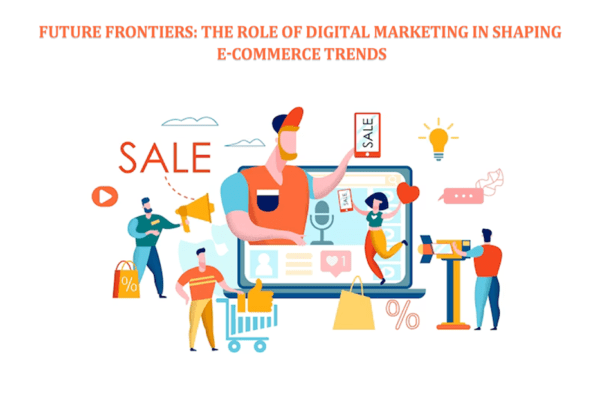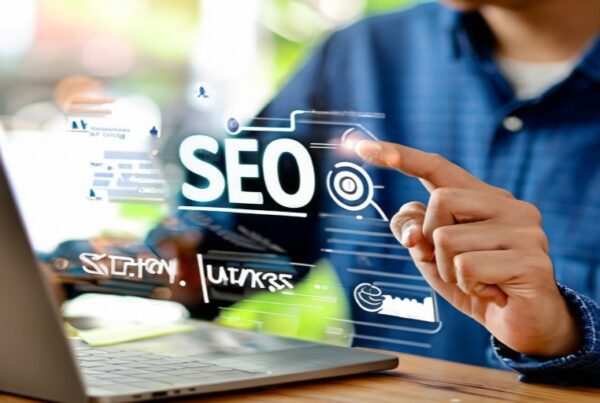The main types of interactive content – such as infographics, videos, questionnaires, and calculators – are fundamental in digital strategies, since they make it possible to capture the genuine attention of the reader and transform it into a lead. Understand the best way to use them and their benefits.
To help brands and professionals achieve the desired benefits, we present in this article the main types of interactive content and their advantages, such as:
- infographics
- videos
- questionnaires
- eBooks
- calculators
Next, we will talk in detail about each of them
5 types of interactive content and their advantages
1. Infographics
Infographics are excellent solutions to direct leads according to their moment within the purchase journey. A good idea is thought to work contained the stage of Awareness.
It is important to keep in mind that this type of content does not generate a large number of conversions on its own.
However, it is educational material that aims to provide valuable information to the reader.
For this reason, it can be an extremely useful resource to engage your audience with your brand.
In this way, it is essential that you invest in relevant data and/or content that deserves a more in-depth approach, also prioritizing its easy consumption.
2. Videos
The user of traditional videos belongs to the category of “passive”. Limits its activity to the engagement of social networks and making comments on the pages of the blog or YouTube channel, for example.
To change the landscape and motivate audience participation, it is essential to invest in interactive videos, once they enable the production of personalized content that transforms the viewer into an active participant.
From the personalized selection, it is possible to change the course of the contents until the final result is as close as possible to the demands of the public.
3. Questionnaires
The questionnaire is a two-way street since it pleases both the customer and the brand.
Essentially, the user answers a few questions and, upon completion, receives a personalized response according to all the indicated preferences.
On the other hand, the company accumulates the information in its database.
4. EBooks
After offering infographics or blog posts to the audience, providing an eBook can be an excellent strategy.
After having the first contact with a certain topic, it is expected that the user will develop more interest by wanting to receive content and be updated more and more on that topic.
The eBook is the most suitable material to remedy the need for deepening and updating on a subject.
The interactivity is responsible for guiding the reader on issues that are most important, which have more interest or have doubts.
5. Calculators
In the stages closest to the purchase, it is essential to have practical resources capable of showing the benefits of your product or service, both directly and indirectly.
The calculator is one of the most efficient resources to fulfill this role.
HubSpot, for example, has an ROI calculator. By using it, the user is able to discover the return on investment that a person earns when they become a customer of a company.
Conclusion
In the last moments of the shopping journey, interactive content acts as an incredible sales pitch.
Therefore, it is not necessary to spend many paragraphs talking about the personal attributes or the benefits of closing a deal with your company.
Considering that the lead has already understood the proposal of your services (and that he only needs a small final push to become a client), it is important to invest in practical implications that show, in fact, how the solutions offered by your business are transformed into advantages for the client.









